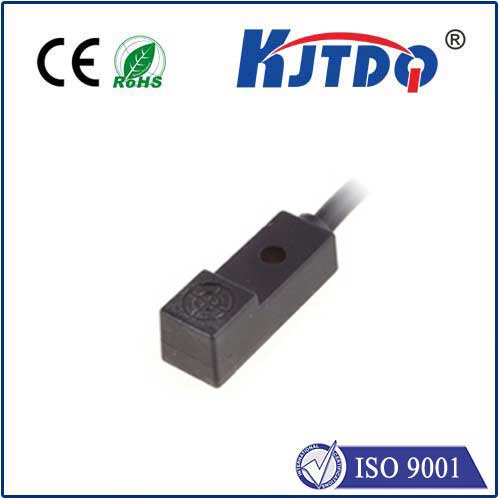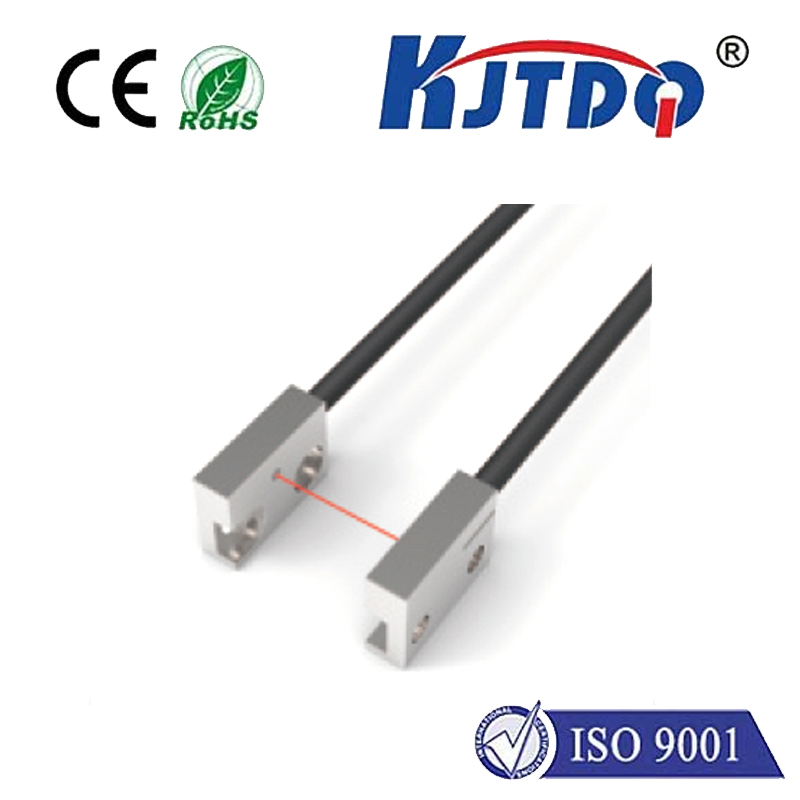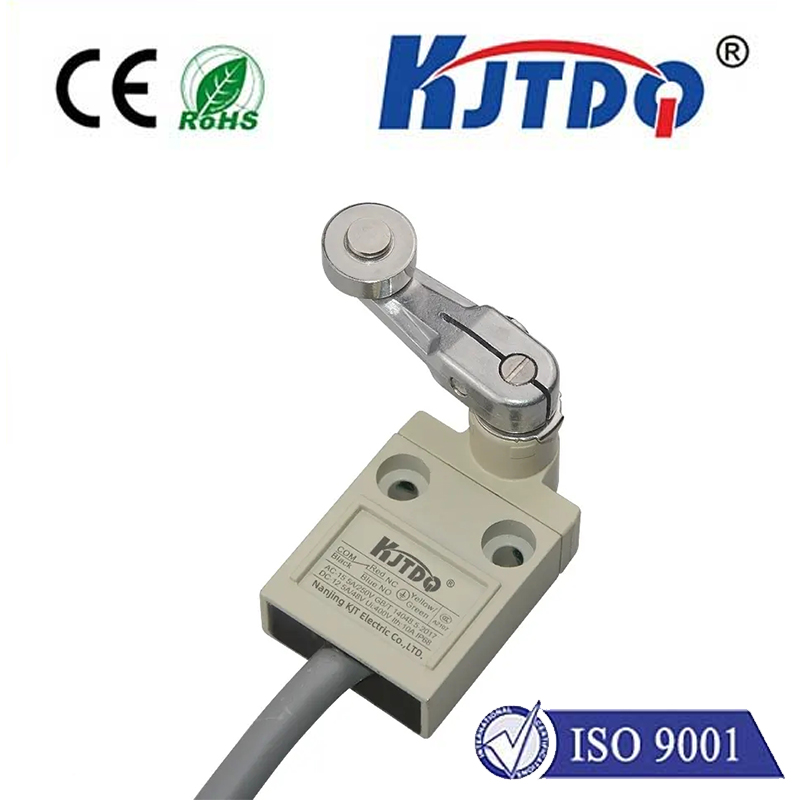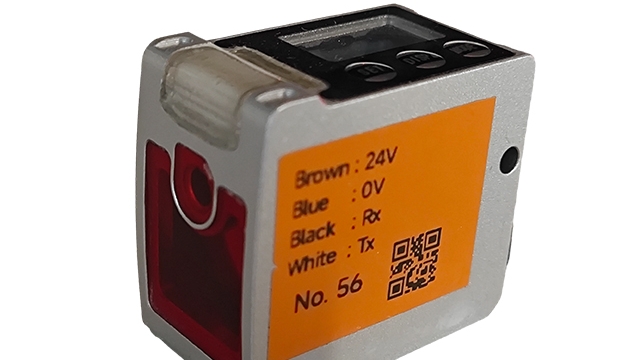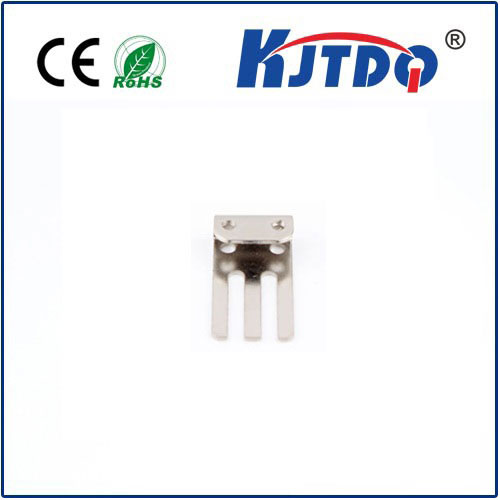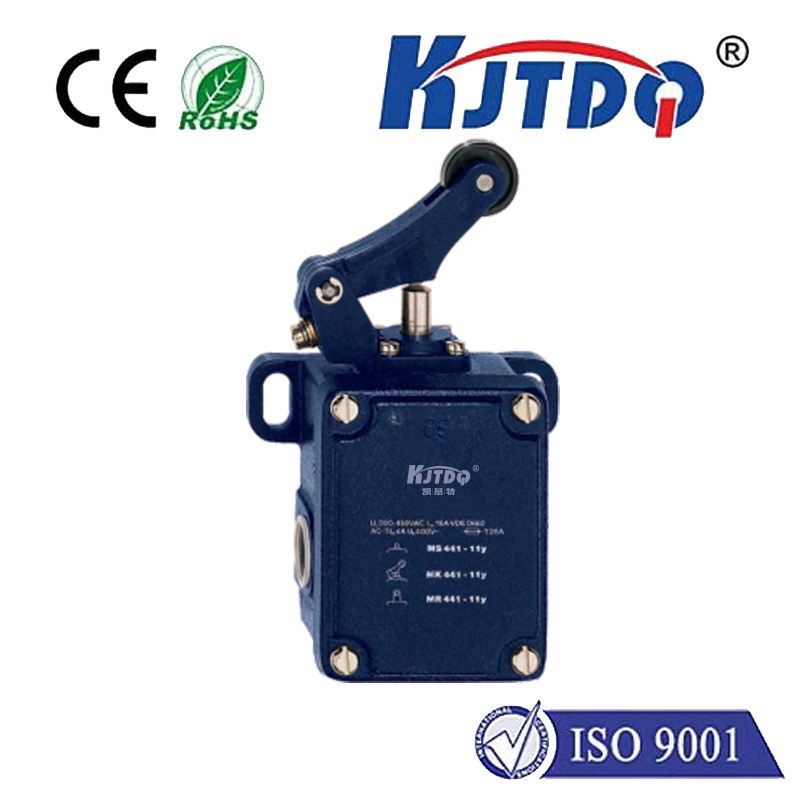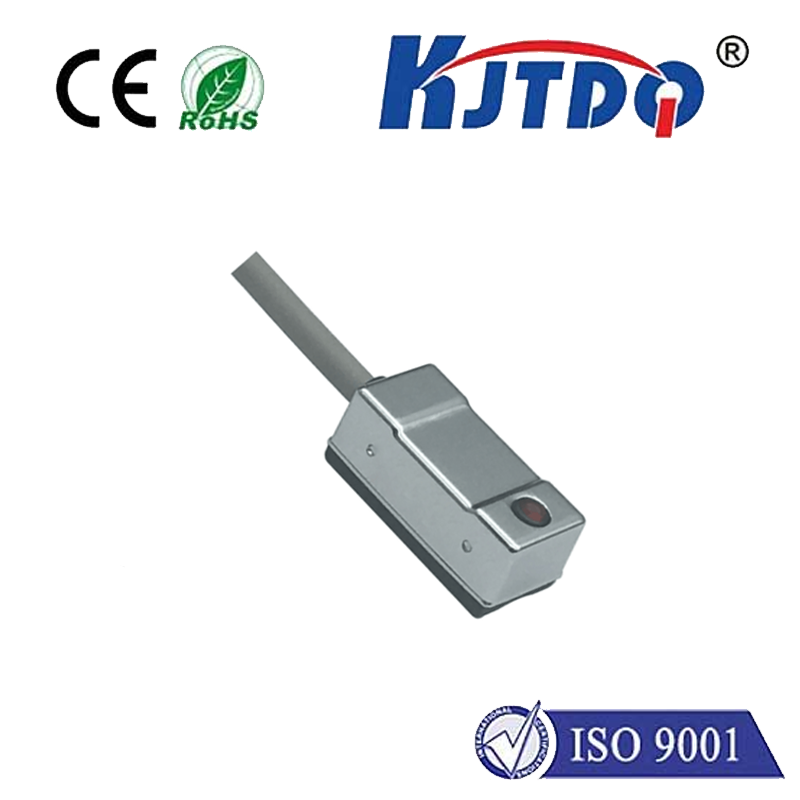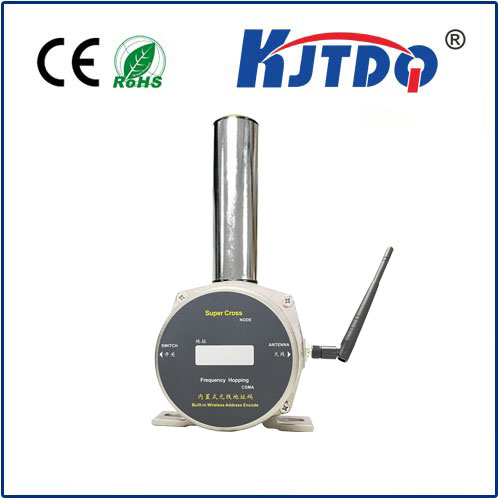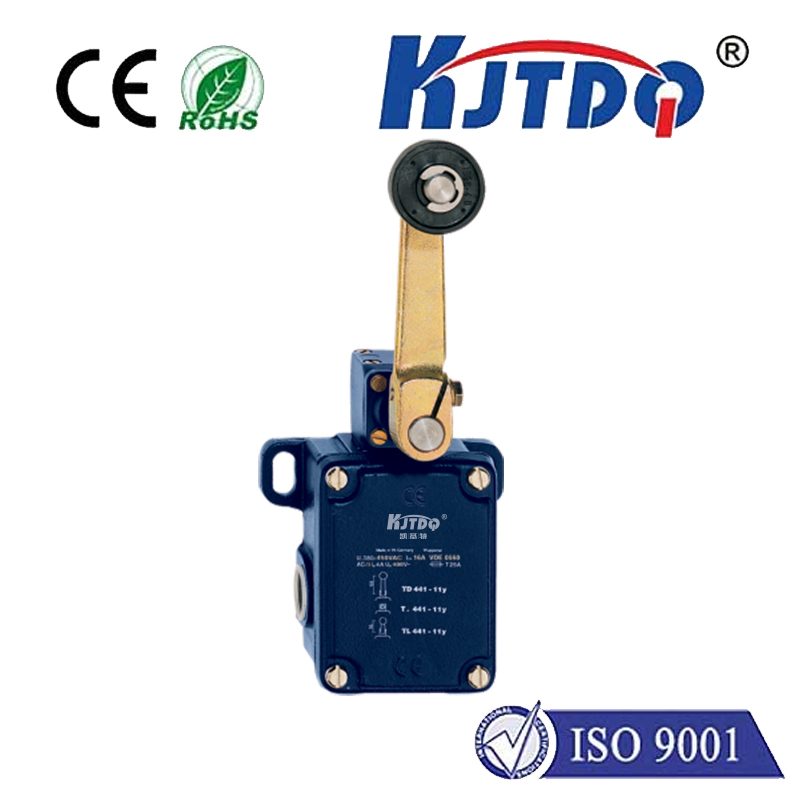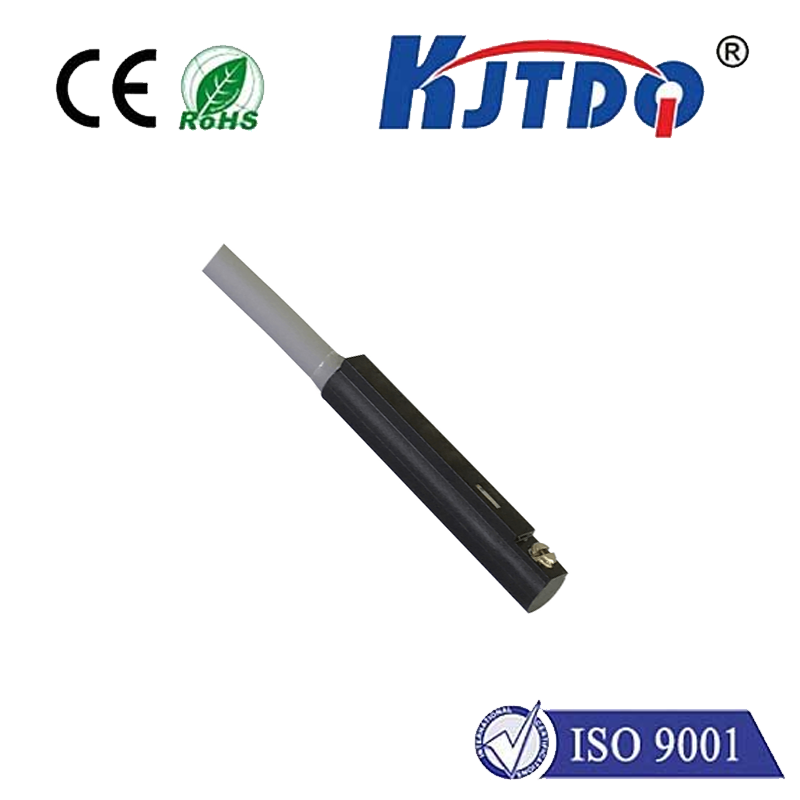
check

check

check

check
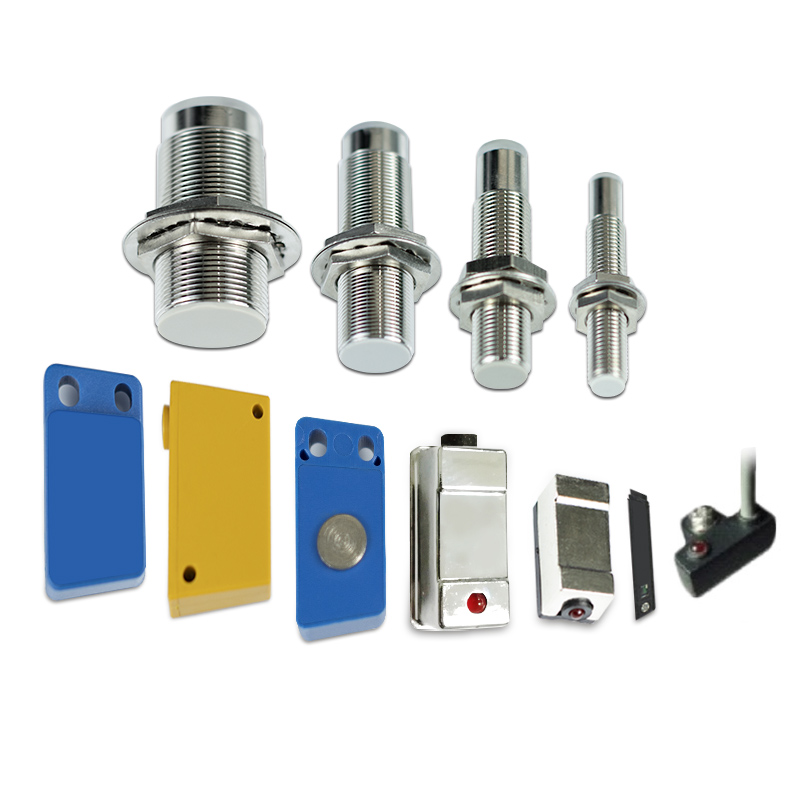
Hall effect sensors and reed sensors are two common sensor types, and they have some differences in principle and application:
Working principle: The Hall effect sensor works based on the Hall effect principle, which uses electromagnetic fields to detect the deflection effect caused by the movement of carriers in conductive materials. The reed sensor uses the deformation or displacement of the reed to generate an electrical signal.
Detection object: Hall effect sensor is suitable for detecting magnetic fields, so it is often used to measure magnetic field strength, magnetic pole position, etc. Reed sensors are generally used to detect mechanical quantities such as displacement, pressure, force, etc.
Output signal: The Hall effect sensor outputs an electrical signal, usually a voltage or current signal. Reed sensors can output different types of signals such as resistance, voltage, and current.
Accuracy and sensitivity: Hall effect sensors usually have high accuracy and sensitivity and can achieve more accurate magnetic field measurements. The accuracy and sensitivity of reed sensors are relatively low, but they are suitable for some application scenarios that do not require high accuracy.
Durability and reliability: Reed sensors are stronger in terms of durability and reliability due to the use of elastic reeds. Hall effect sensors are relatively fragile and susceptible to interference from external magnetic fields or physical damage.
Generally speaking, the Hall effect sensor is suitable for magnetic field measurement and has high accuracy and sensitivity; the reed sensor is suitable for mechanical quantity measurement and has the advantages of durability and reliability. In specific applications, the appropriate sensor type should be selected based on actual needs.
